Malaga, Spain Blog
Dear Blog Readers,
Our upcoming ports during the next three weeks are: Palma de Mallorca; Cagliari Sardinia; Valletta, Malta; Corfu, Greece; Kotor, Montenegro; Split, Croatia; Venice, Italy; Zadar, Croatia; Dubrovnik, Croatia; Katakolon, Greece; Navplion, Greece; Heraklion, Crete.
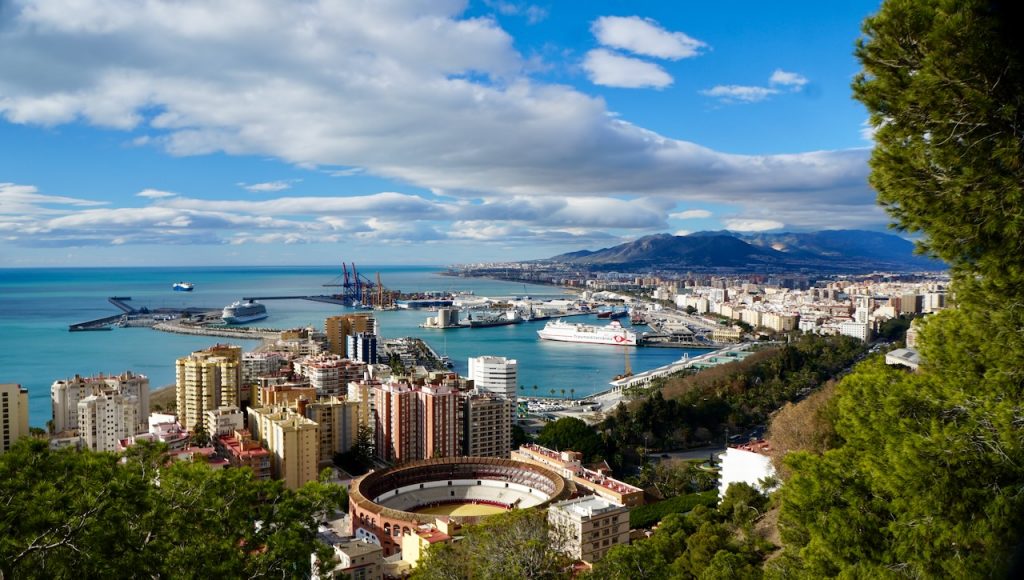
As we transit Croatia and Greece, at one point we’ll have four in-port days in a row. In order to accomplish my goal of a new-blog-per-port endeavor, I would have to stay up all night between port days, to read background research, write a rough draft, edit, and collate and upload photos (which is difficult with our poor internet). Some of my future blogs will cover several ports in one post. If “a picture is worth a thousand words,” then I will try to post photos with brief comments for every port. Eventually, if I ever get around to compiling a collection of my years of blog posts, I would want to amplify the texts to accompany the photos.
Malaga, Spain, has been called “the Florida of Spain.” It is an ancient city (second in age only to Cadiz) founded by the Phoenicians almost three thousand years ago. It was conquered/ruled by the Romans, Visigoths, Moors, and Spanish. Several ruling civilizations left their artifacts and influences. There is one preserved section of a Roman amphitheater. There is the walled fortress left by the Moors and taken over by the Spanish. There are Moorish decorations and architectural elements that are used in new construction today.
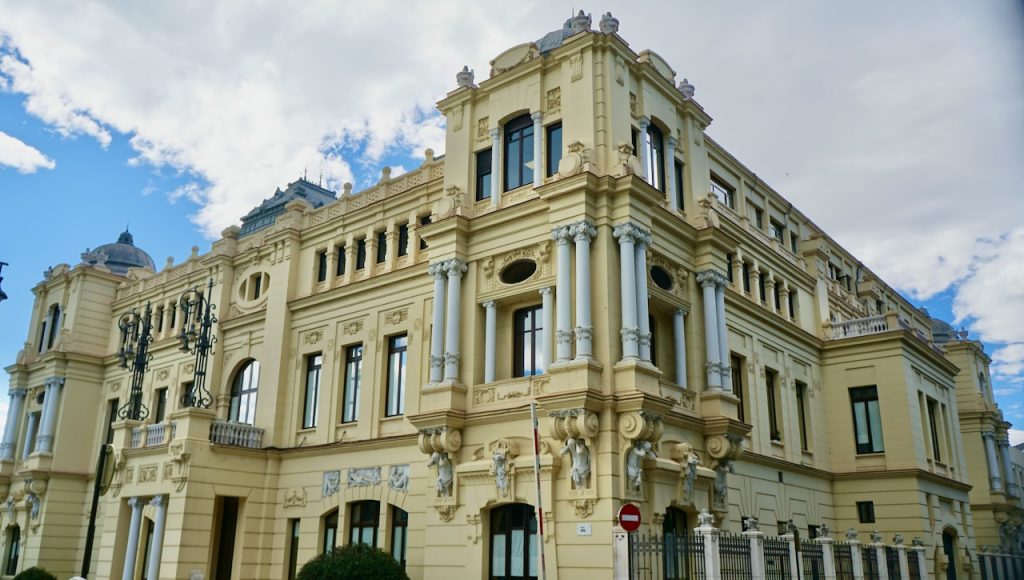
Malaga is Spain’s sixth largest city with a population of six hundred thousand. It has been a home to the rich and famous, most notably two native sons: Pablo Picasso and Antonio Banderas. It has beautiful beaches with many luxury hotels which attract tourists from around the world. Its cathedral was constructed over a period of two centuries and was never finished. One bell tower was completed and a second one was planned. But due to a long interruption, the foundation stones were compromised and the second tower was never built. (Bacteria? fungi? water damage?...our guide didn’t know for sure.) Due to the long line waiting to enter, our tour group couldn’t see the interior. But we did visit another smaller cathedral. There is also a bullfighting stadium. There is a movement to outlaw this “sport.” But old traditions, cruel and bloody in this case, die hard.
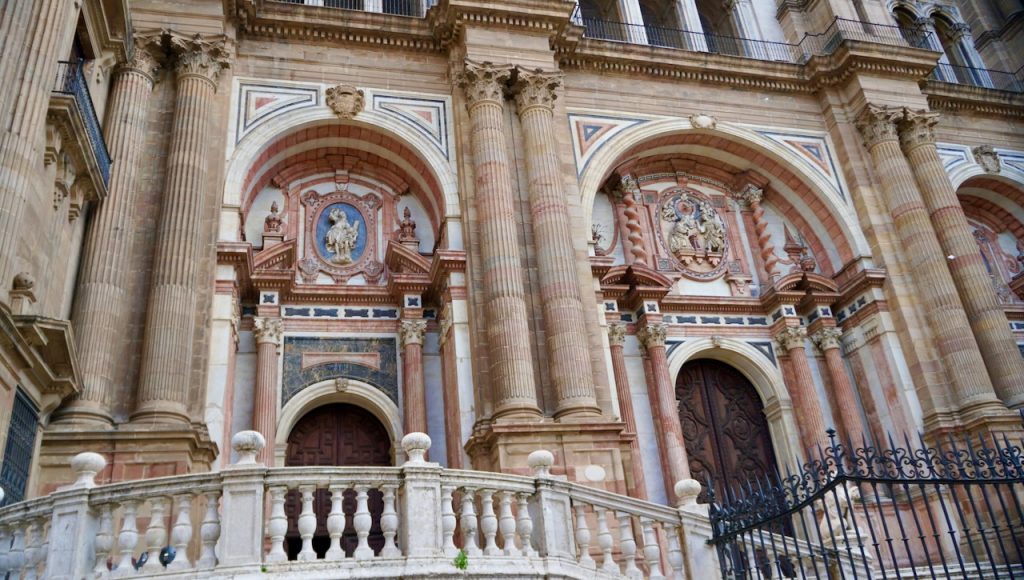
Here is a comparison I will draw that might be disputed by the Spanish. Cadiz reminded me of Sienna, Italy, relatively small but filled with history. Malaga reminded me of Florence, Italy. Malaga, like Florence, has the feel of a large city, with tall buildings, its fortress, and many pedestrian streets lined with shops and restaurants. The pedestrian streets are paved with beautiful marble tiles, similar to Verona, Italy. I’m sure the Spaniards and Italians would object to my comparing/equating their famous cities. Of course, each city I’ve mentioned has its unique aspects. So just consider my comparison as a gross generalization from thirty thousand feet (off shore in the Mediterranean, of course).
Our cruise route so far has been dominated by the legacy of Spanish and Portuguese explorers, and to a lesser extent Italian and British explorers. The histories of South America’s nations are stories of wars and colonialization. The indigenous Native Americans suffered the most, being totally exterminated in many countries. Substantial Native American populations survive in Bolivia, Guatemala, Mexico, Peru, Chile, and Brazil. But those surviving cultures are still threatened. Just on this trip, I read that the last surviving language speaker in her nineties of the Manama tribe (formerly in southern Chile) had died.
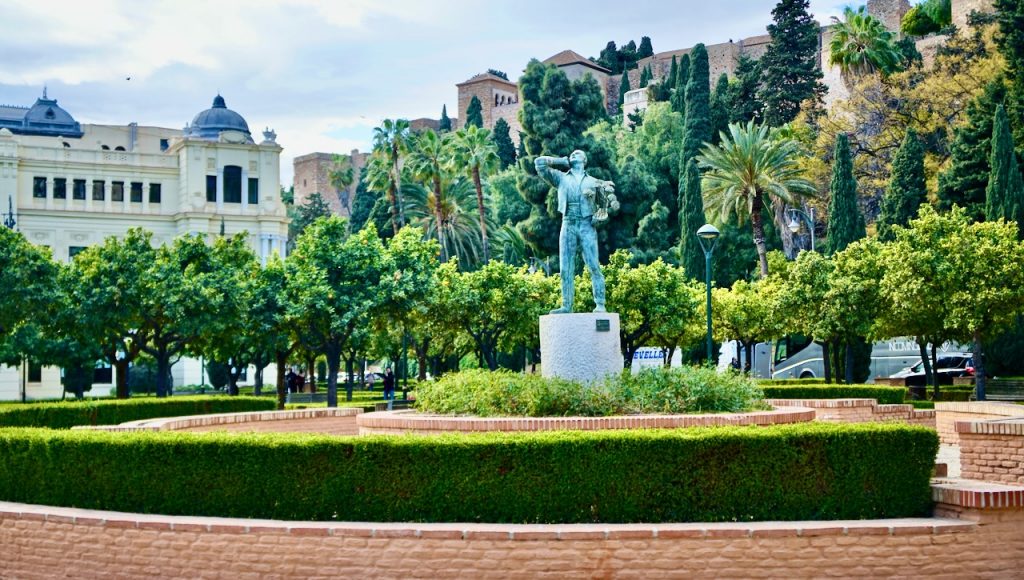
Just as human encroachment is causing extinctions in the animal and plant kingdoms, we are also killing off small ancient native cultures around the world. Just consider how many languages previously spoken by Native American tribes in the US have gone extinct. I learned from a fellow traveler that the island of New Guinea has over two hundred distinct languages. As this industrially undeveloped country of Papua New Guinea is exploited for its minerals, timber, and other resources, we can expect many of its native cultures to be extinguished, just as is happening to the isolated tribes in Brazil’s Amazon basin.
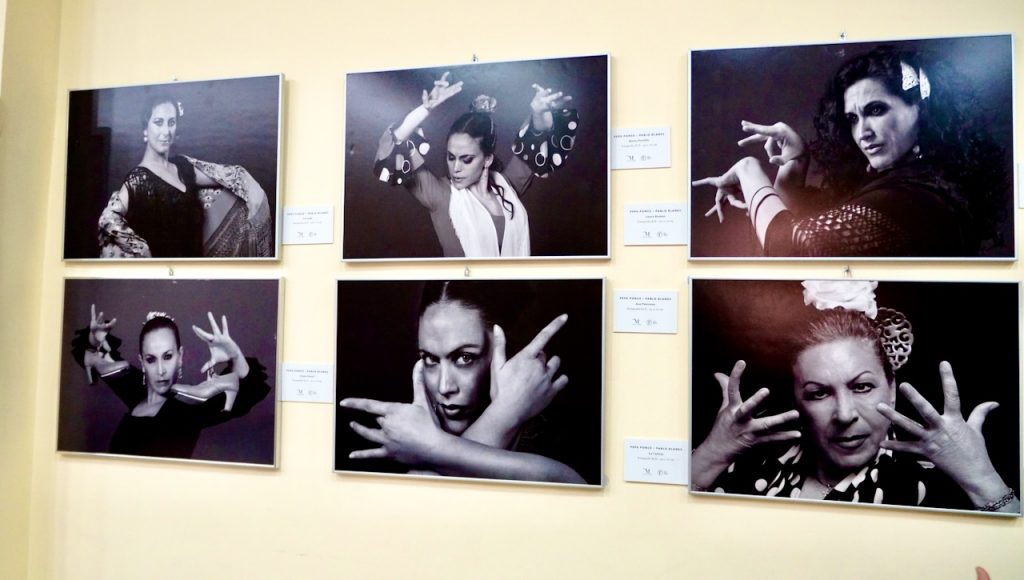
I mentioned in my last blog that the history of Europe is a history of wars. Russia’s war in the Ukraine is simply a continuation of this history. Though the port calls of this world cruise are mostly just one day, that is just enough to fill in my knowledge of names on the map and raise my awareness of each country’s unique history. I’m assuming that there are many of these cruise destinations that most readers will never have the opportunity to visit. I love sharing my travels with my readers. I hope you experience the vicarious pleasure of traveling through reading my blog posts.

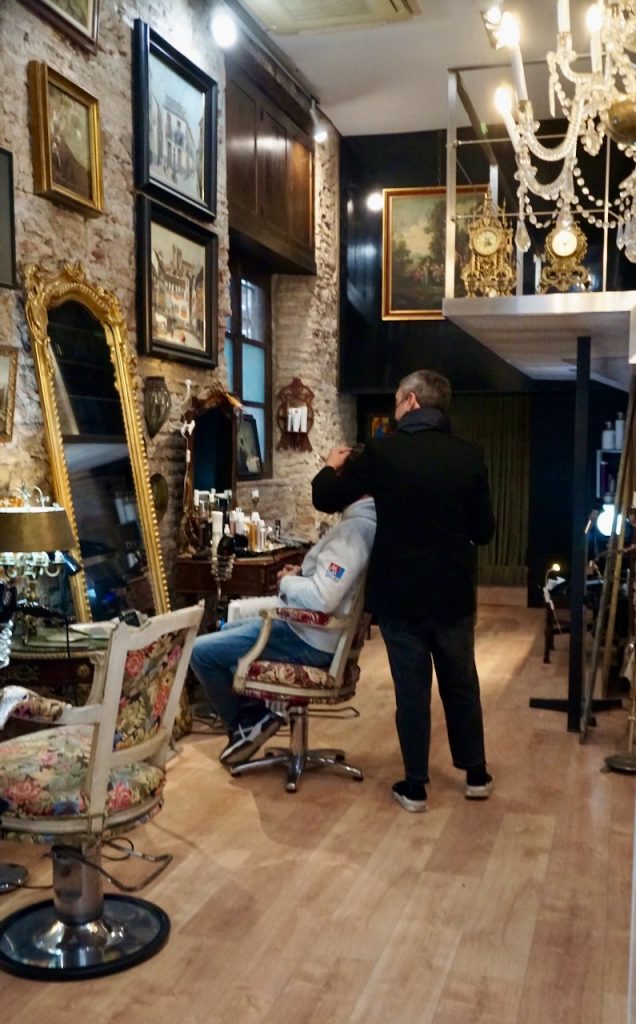
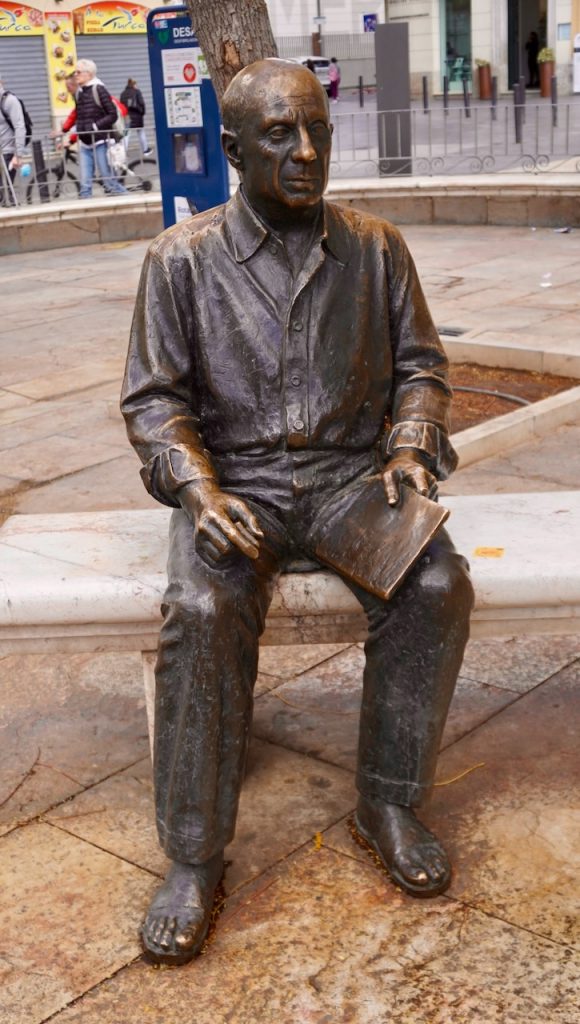
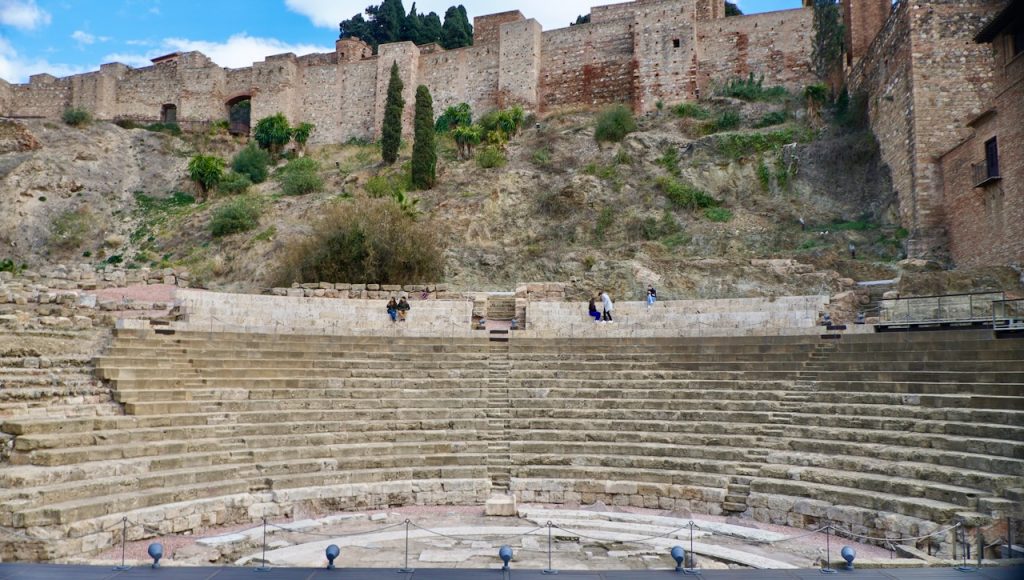
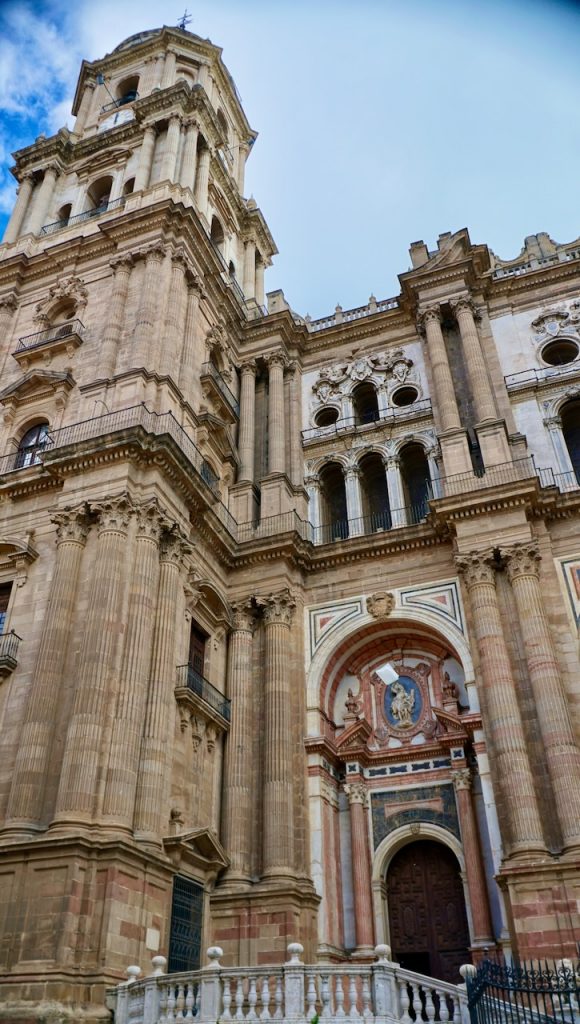
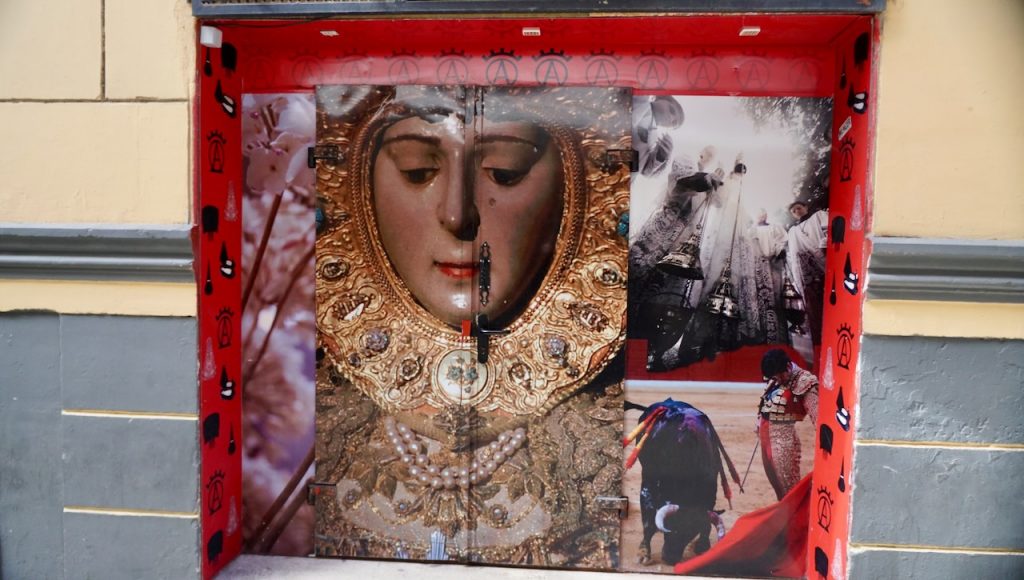
2 Comments on Malaga, Spain Blog
Join the Conversation